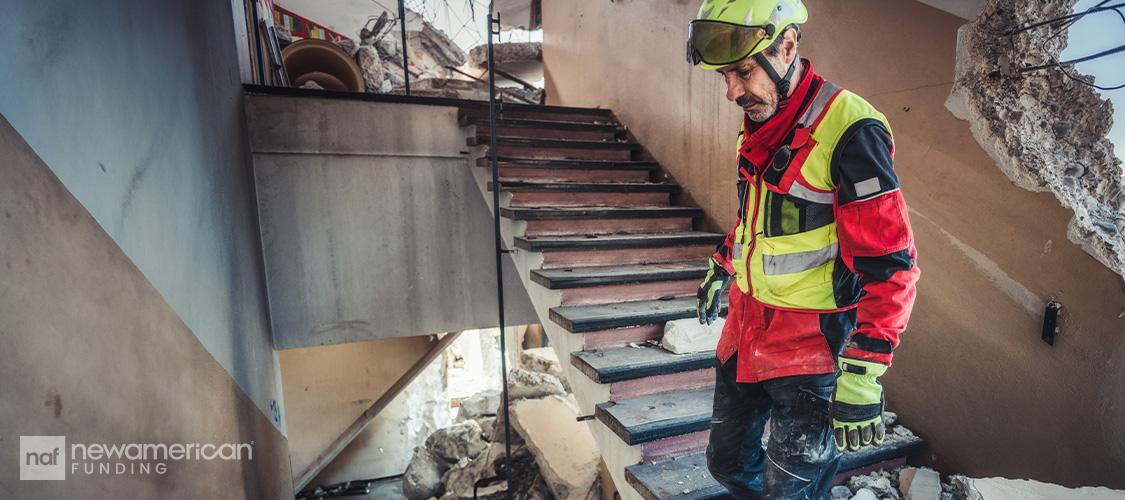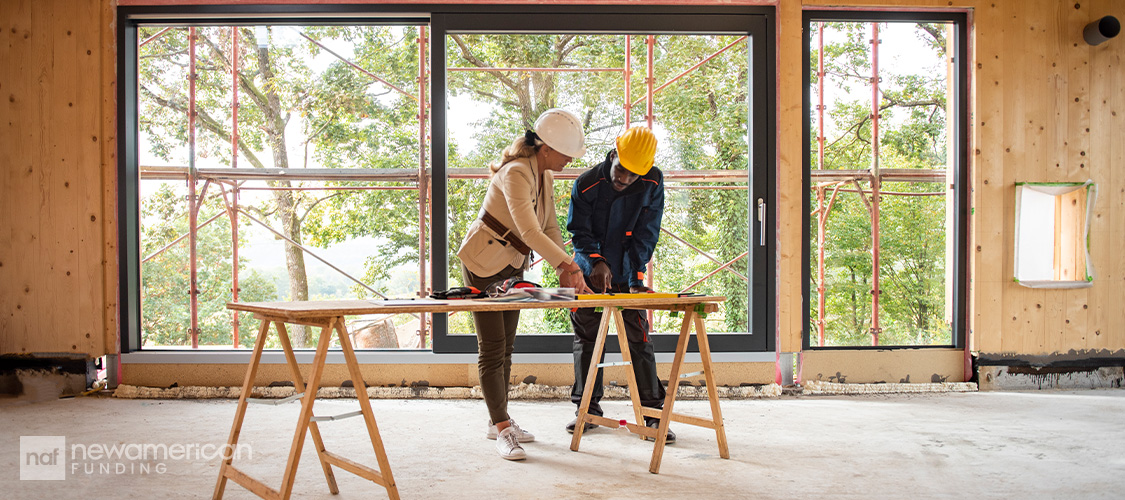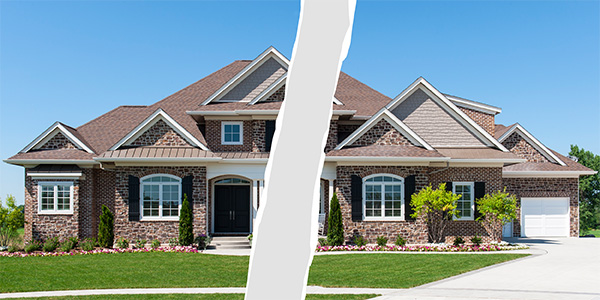Homeowners
Rebuilding Your Home After a Natural Disaster? An FHA 203(h) Loan Can Help
January 8, 2025
Natural disasters such as wildfires, floods, and storms not only threaten people’s lives and livelihoods, but also leave a trail of destruction in their wake. Homes may be damaged or destroyed.
Both homeowners and renters in disaster areas have options when it comes to addressing property damage.
FHA 203(h) loans, a type of government-backed mortgage insured by the Federal Housing Administration (FHA), allow borrowers with a minimum credit score of 500 to rebuild damaged homes or purchase a new home with 100% financing. That means that no down payment is required.
Renters who live in a disaster area may also be eligible to use the loans to buy homes.
That may be particularly helpful for first-time homebuyers and those working to reestablish financial security after a natural disaster.
“People who never thought they could be homeowners [can do so],” said William Chase, a New American Funding sales manager based in Orlando, Fla. “That’s huge.”
Who is eligible for an FHA 203(h) loan?
Whether you were renting a property or owned your home, if your previous residence was destroyed or severely damaged in a natural disaster, you may be eligible for an FHA 203(h) loan.
These loans are also called the Mortgage Insurance for Disaster Victims program.
To qualify, your previous residence must be located in a presidentially declared major disaster area (PDMDA).
In addition, the property you purchase or rebuild must be a single-family home or an FHA-approved condo unit that you use as your primary residence. That means you couldn’t use the loan for a vacation home.
How to qualify for an FHA 203(h) loan

Borrowers must submit an application to an FHA-approved lender within one year of the disaster declaration date.
You can verify your disaster date and location using the Federal Emergency Management Agency's (FEMA) online search tool.
Lenders will confirm your identity, income, and other details, such as:
- Identity and residence: You must have a valid Social Security number and provide proof of residence in the state where the disaster took place.
- Income and employment: If your employment records were destroyed in the disaster, alternative documentation such as W-2s and tax returns may be accepted.
- Minimum credit score: Requirements vary by lender, but borrowers with credit scores starting at 500 are eligible for the program. (A score of 620 is generally required for a Conventional Loan.)
You should also be prepared to provide proof of the damage to your home, such as an insurance report or photographs.
Limitations of an FHA 203(h) loan
In addition to timing and eligibility requirements, potential borrowers should consider that these loans do come with costs and there are limits to how much you can borrow.
- Unless paid by the seller, buyers must cover closing costs and prepaid expenses such as property taxes in cash or through premium pricing (where your lender covers these costs in exchange for a higher interest rate).
- Mortgage limits apply. The maximum amount you can borrow is based on your geographic region. Buyers in high-cost areas may find that these loans don’t meet their needs.
- FHA 203(h) loans cannot be used toward an existing mortgage. However, borrowers with an outstanding mortgage in a disaster area are still eligible to apply, for example, to fund the purchase of a new property. Your lender will take your existing mortgage and any late payments caused by the disaster into account when determining your eligibility.
As with all FHA loans, 203(h) borrowers must make a one-time upfront mortgage insurance premium (MIP) payment of 1.75% of the loan amount, as well as a monthly premium for the duration of the loan.
But “mortgage insurance is not a dirty word,” Chase said, particularly for borrowers who would not otherwise qualify for a Conventional mortgage.
Qualifying borrowers can also refinance from an FHA loan to a Conventional mortgage once certain requirements are met, potentially allowing you to drop MIP payments or reduce your interest rate.
Benefits of an FHA 203(h) loan

Buyers looking to relocate after a natural disaster are in luck. Although your original residence must be in a certified disaster area, you can use an FHA 203(h) loan to buy a new home anywhere in the country.
An FHA 203(h) loan can also be used alongside an FHA 203(k) home improvement loan to bundle renovation, repair and remodeling costs with your monthly mortgage payment.
The bottom line? Thanks to 100% financing and lenient credit requirements, FHA 203(h) loans offer a lifeline for first-time buyers and others looking to rebuild their lives following a natural disaster.
“It’s an opportunity,” Chase said.
William Chase NMLS #1532921






 Smart Moves Start Here.
Smart Moves Start Here.